The world’s three most valuable and prolific wine regions are, together, sometimes called the “Three Great Terroirs.” These three areas are France, Italy, and…
If you’re like most, you probably have to guess at the third. You might guess California for the sheer scale of its production, and the innumerable ‘boutique’ cabernets whose price tags run well into the tens of thousands of dollars (and beyond) per bottle. If you’re more traditionally minded, you might guess Greece for the mere sake of its history in being the ‘cradle’ of European winemaking. Yet, you would be wrong again.
The third leg of the “winemaking triumvirate” is, and this may come as surprise to some, Spain.
And one of the most prestigious wine-producing regions within Spain is Priorat. Once a forgotten wine region haunted by long-abandoned vineyards, Priorat has undergone a wine renaissance over the last several decades, and now produces some of the world’s most prestigious wines, wines renowned for their complexity, structure, and aging potential.
But how did this reversal of fates happen? And what makes Priorat so special? What enables the area to produce such high-quality wines? And what typifies these wines?
For the answer to those questions and more, read on.
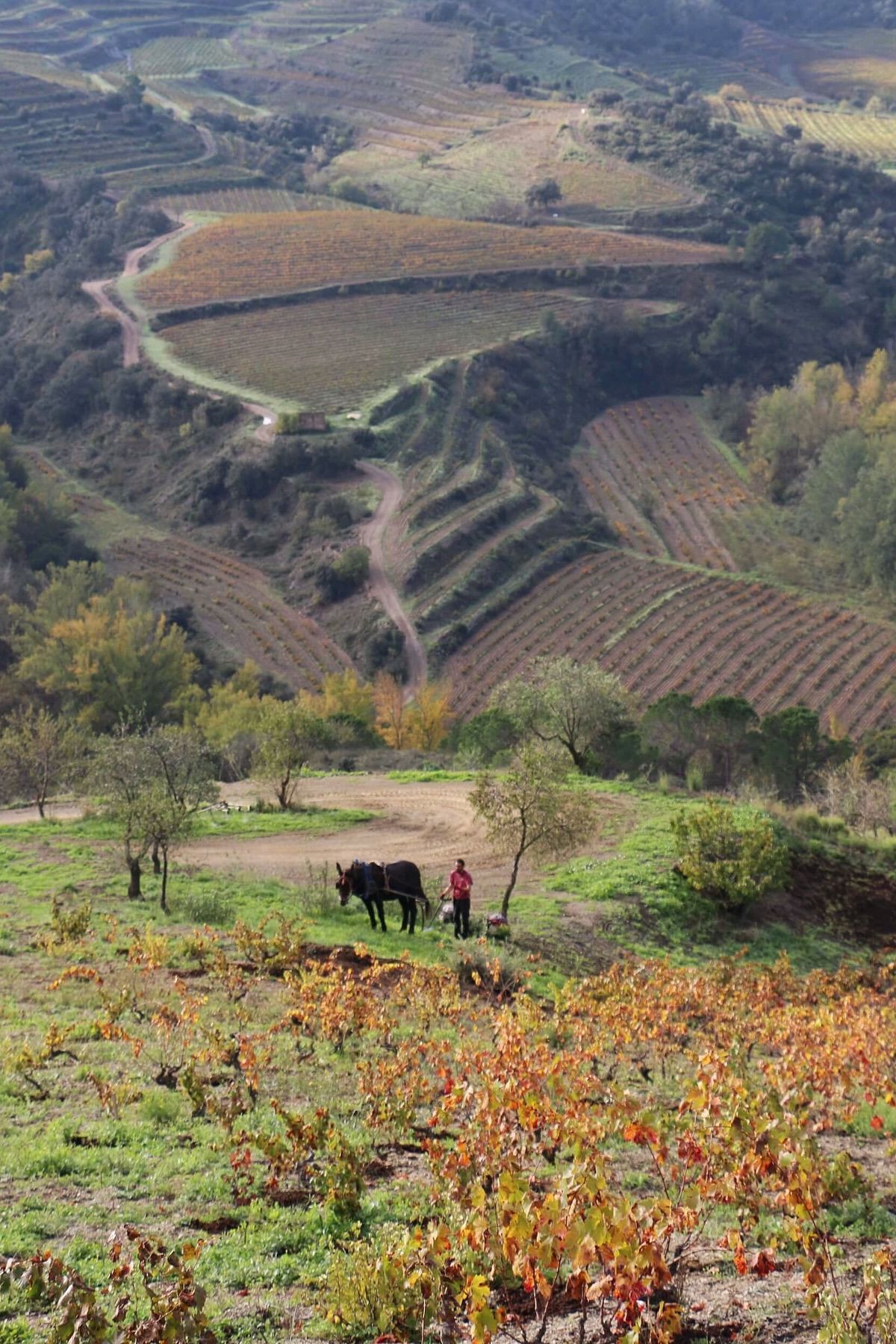
The Where – History and Terroir of Priorat
For starters, Priorat was not unique in its ‘dark age’ of abandoned vineyards and untended terroir. Quite the contrary.
Spanish winemakers, in general, and in contrast to their Old World counterparts, had long suffered under horrendous state mismanagement, mismanagement that at times bordered on outright neglect. This mismanagement went back centuries to the Spanish Crown’s stubborn refusal to embrace agricultural industrialization well into the late 18th century. However, the 19th century was no kinder, seeing further a decline due to phylloxera, economic hardship, and emigration, leaving many already struggling vineyards entirely abandoned.
Fast-forward to the deliberate razing of vineyards during the Spanish Civil War, which was promptly followed by the closure of markets during the Second World War. This market closure starved the already struggling Spanish winemaking industry of access to consumers, leading to the closure of many of the vineyards that had survived the civil war.
Surely all would be well following the end of the Second World War? Not so fast. Instead, the end of the Second World War was then followed by the Franco government’s misguided focus on ‘generic bulk wine’ sales during the 1950s, as opposed to the development of prestige labels (as occurred in post-war France and Italy). By this point, only a handful of vineyards remained in Priorat, a region whose winemaking began in the 12th century with Carthusian monks.
This viticultural history, which can only be described as tragic, resulted in the Iberian Peninsula consistently lagging behind other Old World regions.
However, this has changed drastically over the last several decades, particularly from the late 1970s following a loosening of market regulations ushered in by the end of the Franco regime, while a true qualitative revival began in the late 1980s and early 1990s. Ever since, Spanish wine has truly begun to flourish on a global scale, and to receive both the critical and consumer recognition it deserves alongside its Old World counterparts.
Priorat, however, is more than vineyards. The area also features olive groves, almond trees, and other traditional Mediterranean agriculture, all of which thrive in Priorat’s dry climate (with rainfall averaging just 400-600 mm per year). Hot summers, cold winters, and minimal rainfall typify the area, conditions that further enhance the intensity of the wines by working to concentrate the grapes.
Given the hot and dry climate, it should come as no surprise that Grenache and Carignan form the bulk of what’s planted in the area – two grape varieties that thrive in arid conditions. Cabernet Sauvignon is also planted in the area, but Cabernet is famous for its ability to adapt to almost any terroir, while Syrah and Merlot have also met with some success. Meanwhile, the rugged terrain, particularly the slopes, makes harvesting difficult, so difficult in fact that mechanical harvesting is almost impossible in some areas. But all of this only contributes to the character and culture of the region’s winemaking.
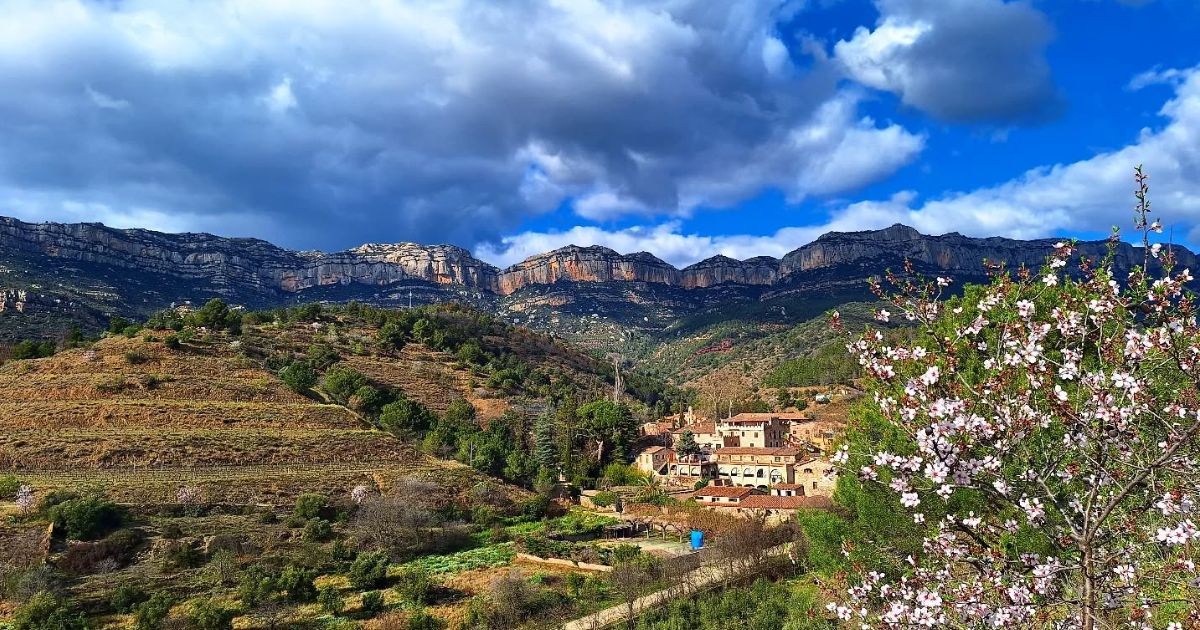
The 1980s Revival – A Renaissance in Spanish Wine
Like much of the rest of Spain during the 1980s, Priorat enjoyed a viticultural revival. Rene Barbier and Alvaro Palacios, among others, were the chief minds behind Priorat’s renaissance. Contrary to the ‘bulk production’ philosophy that had typified the previous decades of Spanish winemaking, they focused on low-yield, high-quality vines, particularly Grenache and Carignan.
Bolstered by the region’s natural terroir, which is almost tailor-made to produce high-quality wines, Priorat all but rocketed onto the world stage. This early success brought in significant investment, which in turn brought in new waves of winemakers to the region. Today, Priorat stands as the most prestigious winemaking region within Spain, in turn making it one of the most prestigious within the world.
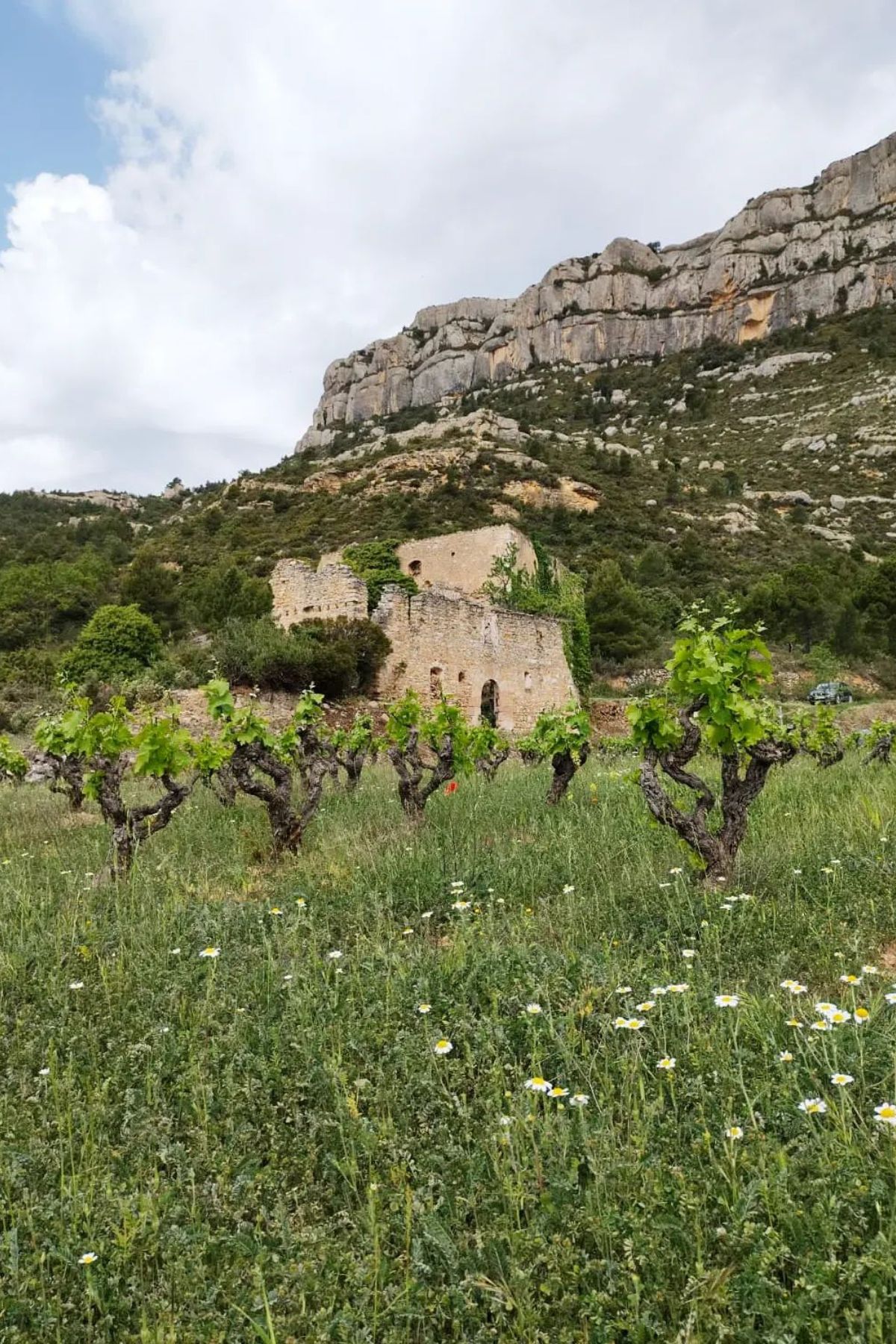
DOCa Priorat – Regulated Quality Standards
I’ve mentioned high-yield vs low-yield a few times now, especially in regards to how ‘bulk generic wine’ was part of what helped further damage Spain’s already struggling wine industry in the wake of WWII. Part of Spain’s wine renaissance has come from adopting the ‘opposite’ philosophy.
To this end, Priorat was awarded DOCa, which stands for Denominación de Origen Calificada, which in turn translates to denomination of qualified origin. This is the single highest classification within Spain’s wine hierarchy.
These regulations include a host of standards that must be met by winemakers, such as strict yield limits, authorized grape varieties, and aging requirements. Priorat itself has even introduced a system of classification based on vineyard origin, including village wines, estate wines, and grand cru-level wines.
Contrary to the past focus on bulk ‘good enough’ wines, these regulations ensure that Priorat, and Spain as a whole, remain at the forefront of high-quality wines.


Good Wine, Good Neighbors – Monstant, Priorat’s Counterpart
The Monstant DO (Denominación de Origen) surrounds Priorat on one side like a horseshoe, and also focuses on the growing of Grenache and Carignan grapes to produce decent quality wines. Monstant wines, however, tend to be more approachable and more accessibly priced than their Priorat counterparts.
Unlike Priorat, the soils of Monstant are primarily clay and limestone, with granite and small areas of Priorat’s llicorella soil. This results in softer, more consumer-focused fruit-forward wines.
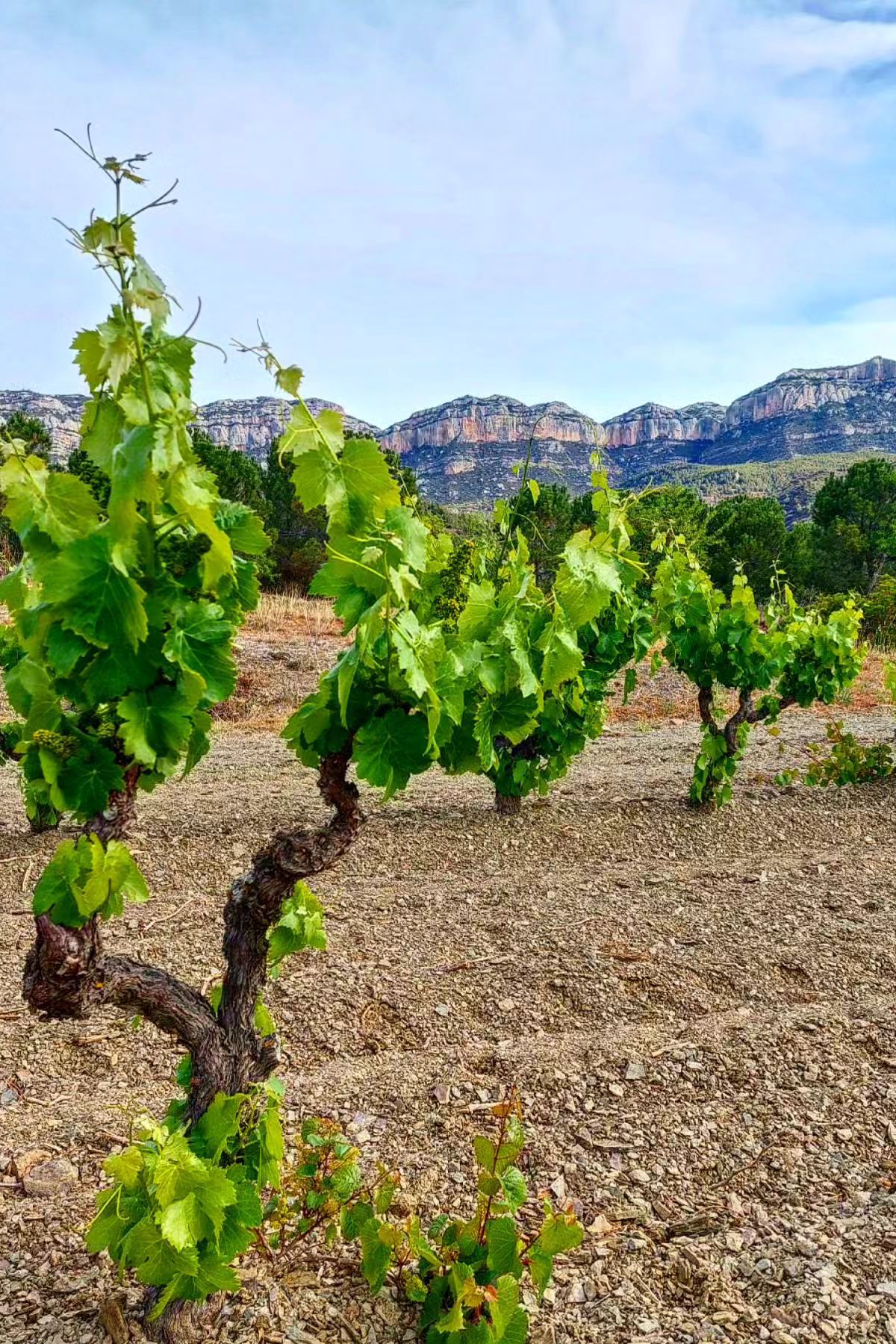
Meet the Makers – Priorat’s Wineries of Note
So now that we’ve covered the region itself, let’s talk a little about the wineries producing the wines that make this region what it is.
- Clos Mogador: This is the winery founded by the mind behind the Priorat’s wine renaissance, René Barbier. As such, it should come as no surprise that Clos Mogador produces some of the region’s most renowned wines.
- Álvaro Palacios: This is the winery behind L’Ermita, which is one of Spain’s most iconic – and expensive – wines. Alvaro Palacios places a high emphasis of terroir-driven winemaking that truly “lets the soil speak.”
- Mas Doix: This winery places an emphasis on wines best described as ‘elegant,’ featuring rich minerality.
- Vall Llach: Co-founded by singer Lluís Llach, this winery emphasizes old-vine Carignan and is generally considered a wine that’s characteristic of the region’s best qualities.
- Scala Dei – This is the oldest winery in Priorat, tracing its history to medieval monastic roots. Generally, the winery is considered to produce wines steeped in tradition, allowing the area’s terroir to shape the wine.
From these wineries, the most renowned wines include such bottles as the aforementioned L’Ermita, Clos Magador (not to be confused with the winery mentioned above) from René Barbier, the Vall Llach Mas de la Rosa, and Les Manyes.
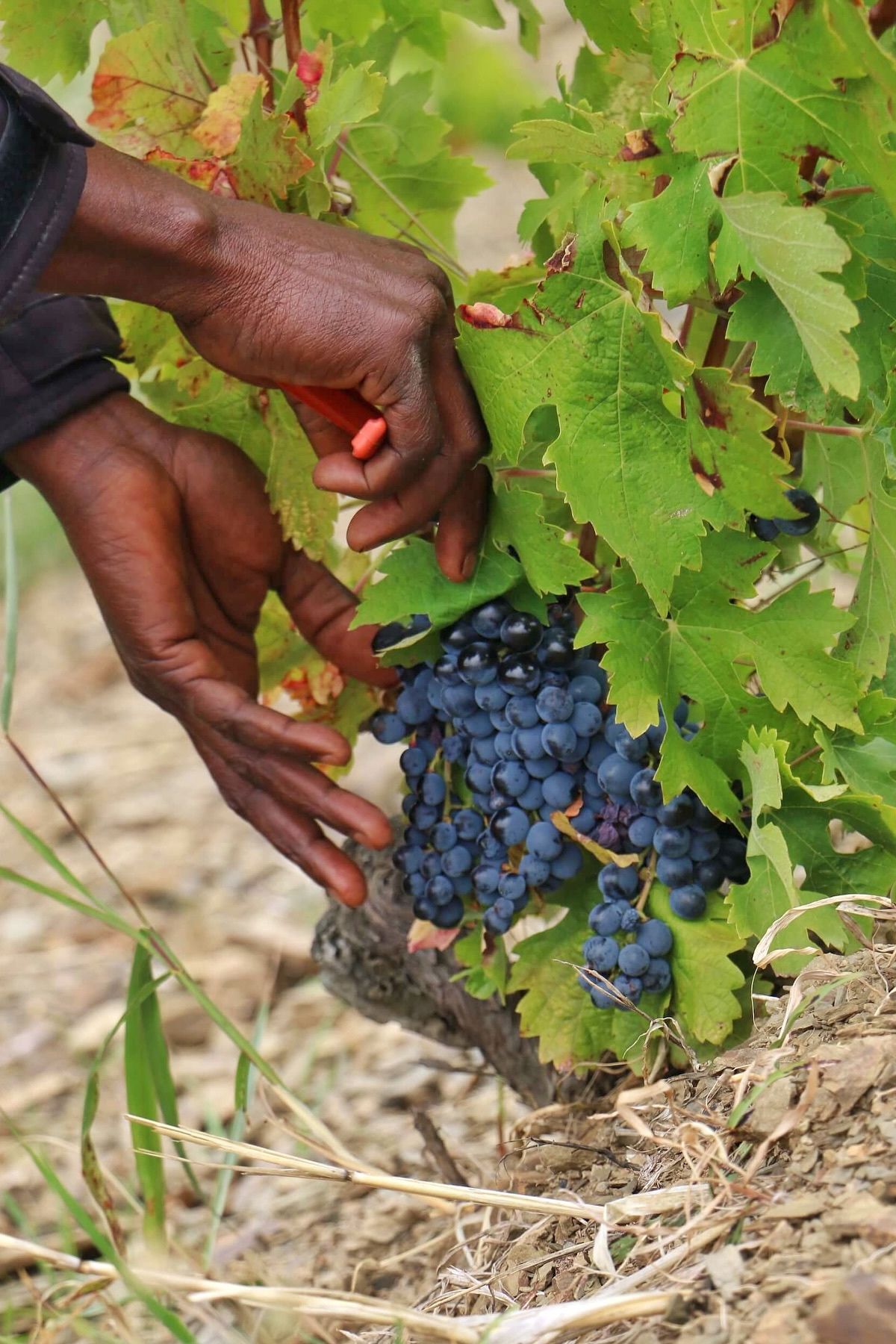
What to Eat – The Pairings
Red Meat with Red Wine:
- Grilled or Roasted Lamb: Lamb paired with Carignan or Grenache is generally a ‘by the book’ pairing. Prepare the lamb with plenty of rosemary and garlic, and you’ve got a match made in heaven.
- Beef Stew (such as Estofado): Beef stewed low and slow, prepared with a tomato-based sauce, would deliciously complement a decent Carignan, such as one sourced from Priorat.
- Duck: Roast duck with a berry reduction, or with a side risotto, would be delicious a good Priorat grenache.
Wild Boar and Pork:
- Wild Boar: In terms of taste and texture, wild boar (including farmed free-range boar) falls somewhere between pork and venison in terms of taste and texture, and is generally considered a hearty meat, while featuring a decent gamey flavor. Roasted with herbs, and then tossed with ragu and pasta, this pairing option starts to take on a decidedly Tuscan flare. Either of Priorat’s flagship red varietals would make for a delicious pairing.
- Pork: Any rich pork dish, especially those prepared with lots of garlic and fresh herbs, or with red sauce and cheese, would be a good match for a Priorat red.
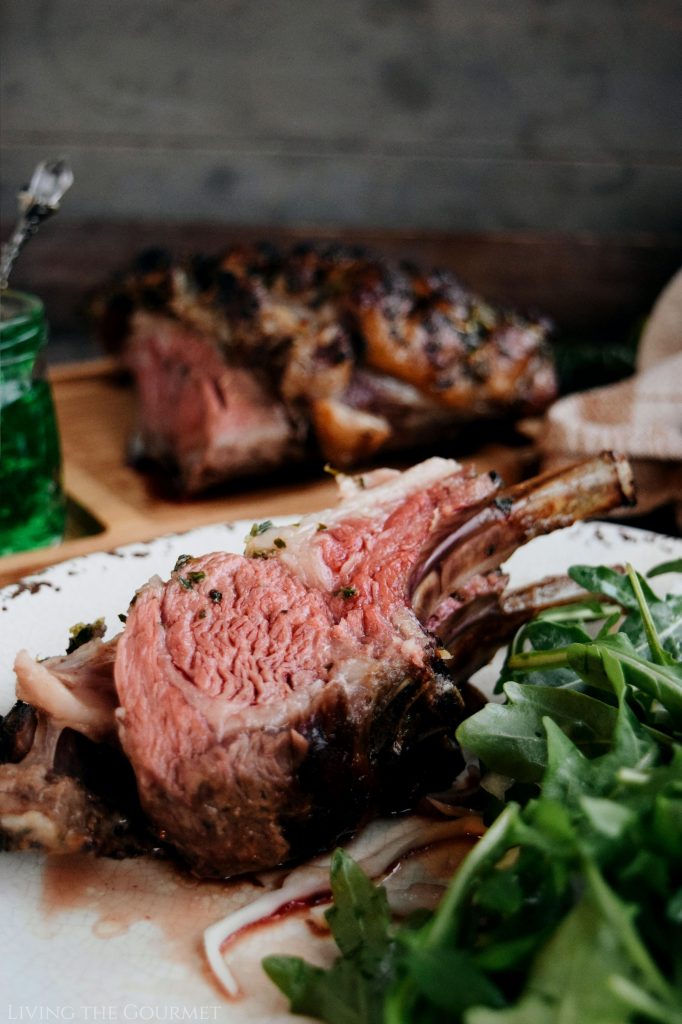

Red Wine and Cheese:
- Aged Manchego: To pair red wine and cheese, you need a cheese that won’t be overpowered by the red wine. If the wine is fruit-forward, you need a cheese that complements the fruit notes, whereas if the wine is dry, you don’t want to parch yourself with an equally dry cheese. Thus, a decent aged Manchego is the order of the day when looking for a cheese to pair with Priorat reds.
- Blue Cheese: A bit salty, creamy, and you’ve got a cheese that pairs perfectly dark fruit notes of Priorat reds.
Vegetarian Options:
- Grilled Vegetables (Eggplant, Peppers, Mushrooms): Smoky, charred vegetables bring out the wine’s mineral and earthy notes.
- Lentil or Chickpea Stews: Spanish puchero or lentil dishes pair well with the wine’s depth.

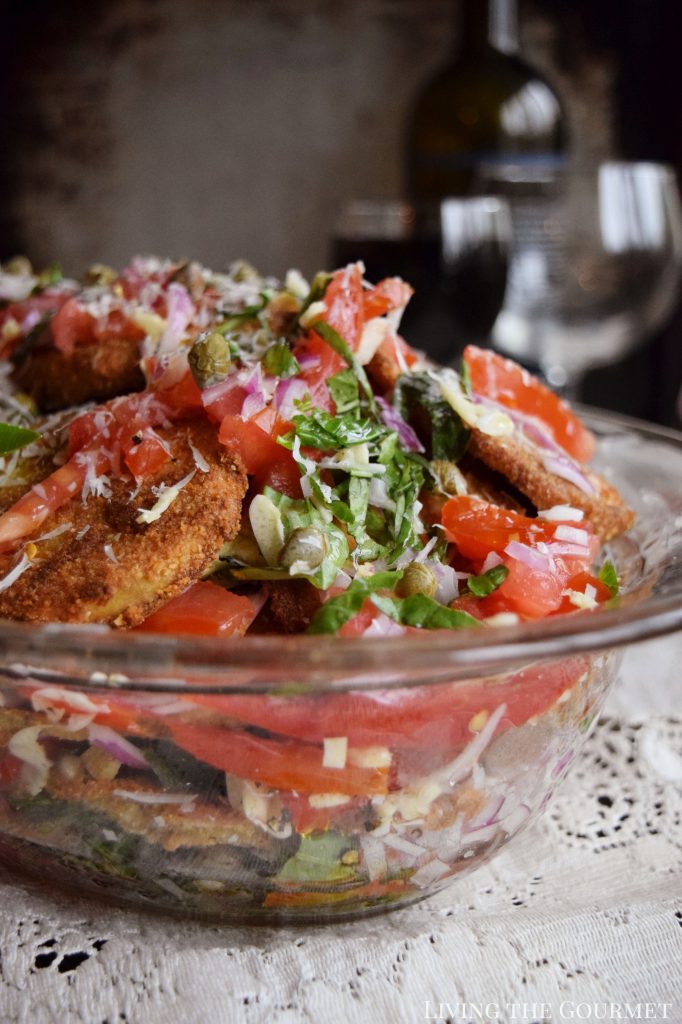
A Tourist’s Guide – Visiting Priorat
Reaching Priorat from Barcelona is a scenic journey that takes approximately 1.5 to 2 hours by car, following the AP-7 and C-242 highways through rolling hills and winding roads. From Tarragona, the trip is even shorter, requiring only 45 minutes along the N-420 road. Travelers without a car can opt for a train to Falset-Marçà station, from where taxis provide access to the region’s charming villages and wineries.
Accommodation in Priorat ranges from boutique hotels and rural retreats to vineyard stays. Travelers seeking luxury and tranquility may opt for hotels such as Trossos del Priorat or Terra Dominicata, nestled among the vines. Those looking for a more immersive wine experience can stay at wineries like Clos Figueras, which offers a cozy retreat amidst the vineyards. For a more intimate and traditional stay, guesthouses and bed-and-breakfasts in villages such as Gratallops, Porrera, and Falset provide warm hospitality and local charm.
The main villages of Priorat offer a glimpse into the region’s rich history and vibrant wine culture. Gratallops, home to some of the most prestigious wineries, invites visitors to explore its stone-paved streets and enjoy wine tastings at renowned estates. Falset, the capital of Priorat, boasts the Wine Castle (Castell del Vi), an interactive museum that delves into the region’s winemaking heritage. In Escaladei, history comes to life at La Cartuja de Scala Dei, the ancient monastery that laid the foundation for Priorat’s viticulture. Porrera, with its breathtaking vineyard views and centuries-old Cariñena vines, offers a truly picturesque experience. Another top attraction is La Vilella Baixa, a charming village in the Priorat region, which has earned the nickname "New York of the Priorat."
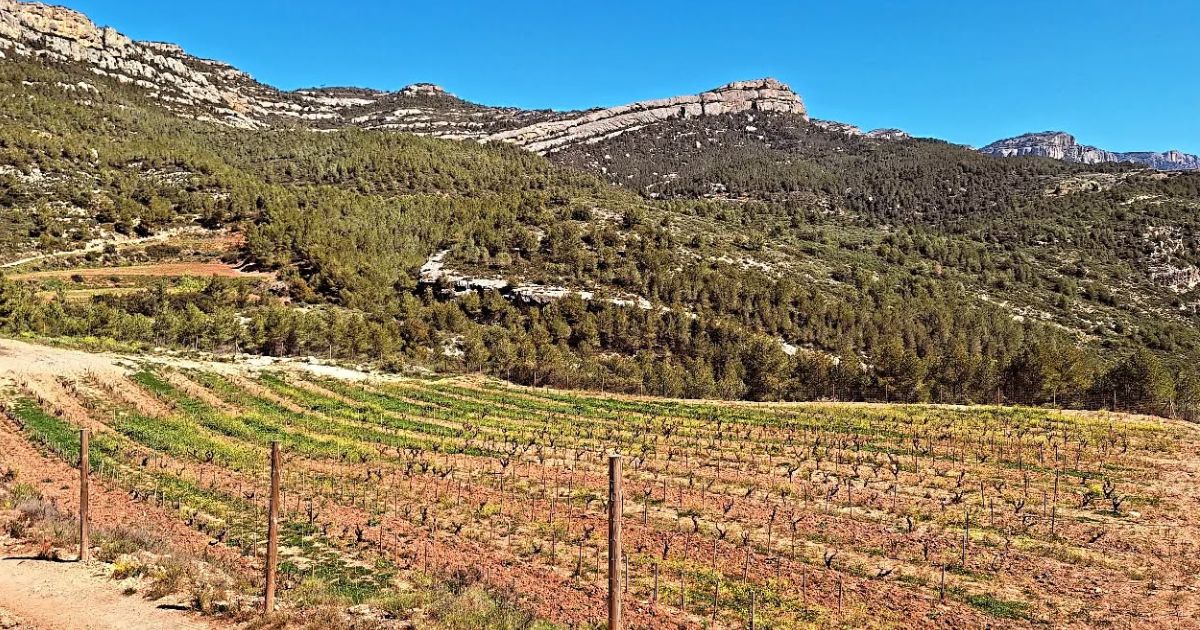
For those embarking on a day trip from Barcelona, bear in mind that roads are not easy to navigate, especially if tasting! We can recommend the Priorat wine tours offered by Winetourismspain, Spain´s top wine travel company.
0
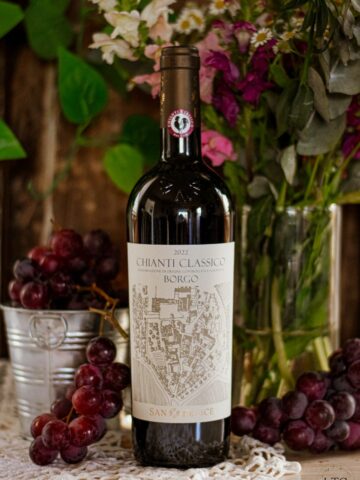


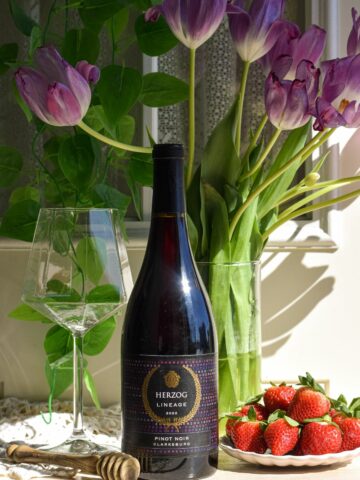
Leave a Comment